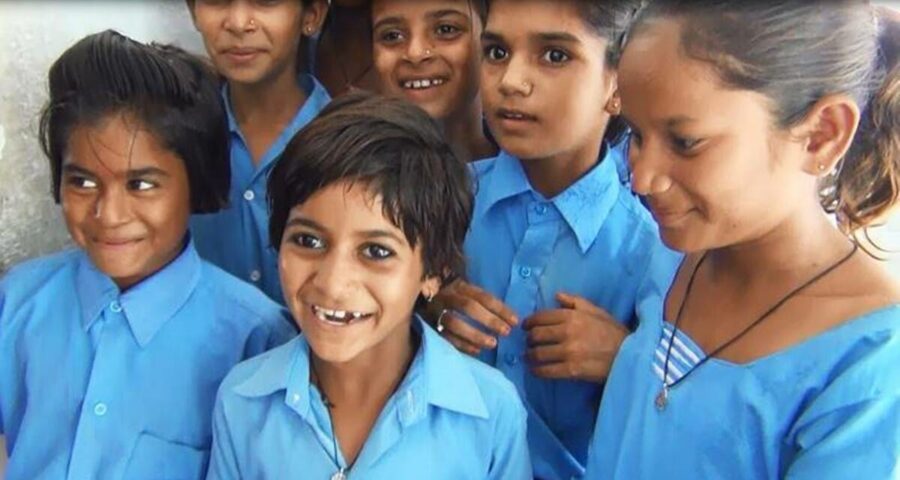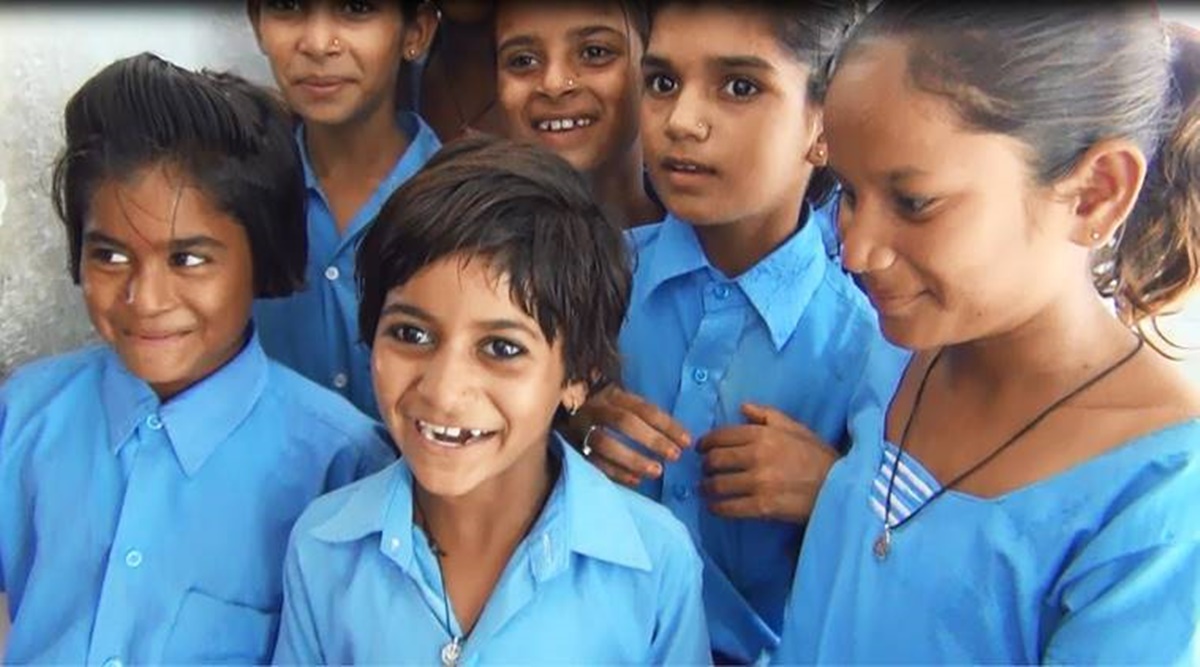As per UDISE-data, it said the gross enrolment ratio of girls in schools at secondary level has improved from 77.45 (2014-15) to 81.32 (2018-19-provisional figures)
The gross enrolment ratio of girls in schools at secondary level has improved from 2014-15 to 2018-19, and there have been promising trends of improvement in sex ratio at birth, the Women and Child Development Ministry said on Saturday.
Sharing the achievements of the government’s Beti Bachao Beti Padhao Andolan (BBBP) ahead of National Girl Child Day on Sunday, the ministry said the scheme has resulted in increased awareness and sensitisation of the masses regarding prevalence of gender bias and role of community in eradicating it. In a statement, it said the gross enrolment ratio of girls in schools at secondary level has improved from 77.45 (2014-15) to 81.32 (2018-19-provisional figures) as per UDISE-data.
“Percentage of schools with functional separate toilets for girls has shown improvement from 92.1 per cent in 2014-15 to 95.1 per cent in 2018-19 (2018-19 provisional figure, as per UDISE-data ),” it said The ministry said promising trends of improvement in sex ratio at Birth (SRB) have been observed at national level.
“SRB has improved by 16 points from 918 (2014-15) to 934 (2019-20). Out of 640 districts covered under BBBP, 422 districts have shown improvement in SRB from 2014-15 to 2018-2019,” it said.
Some districts which had very low SRB in 2014-15 have shown huge improvement after implementation of the scheme such as Mau (Uttar Pradesh) from 694 (2014-15) to 951 (2019-20), Karnal (Haryana) from 758 (2014-15) to 898 (2019-20), Mahendergarh (Haryana) from 791 (2014-15) to 919 (2019-20), Rewari (Haryana) from 803 (2014-15) to 924 (2019-20), and Patiala (Punjab) from 847 (2014-15) to 933 (2019-20), the ministry said.
Noting that the percentage of first trimester antenatal care registration has shown an improving trend from 61 per cent in 2014-15 to 71 per cent in 2019-20 (as per Health Management Information Systems, Ministry of Health and Family Welfare). “The percentage of institutional deliveries has shown an improving trend from 87 per cent in 2014-15 to 94 per cent in 2019-20,” it said.
The ministry said the BBBP scheme has been able to bring the focus on important issues of female infanticide, lack of education amongst girls and deprivation of their rights on a life cycle continuum. “The scheme has successfully engaged with the community to defy the age-old biases against the girl child and introduce innovative practices to celebrate the girl child,” it said.
Source: Read Full Article


